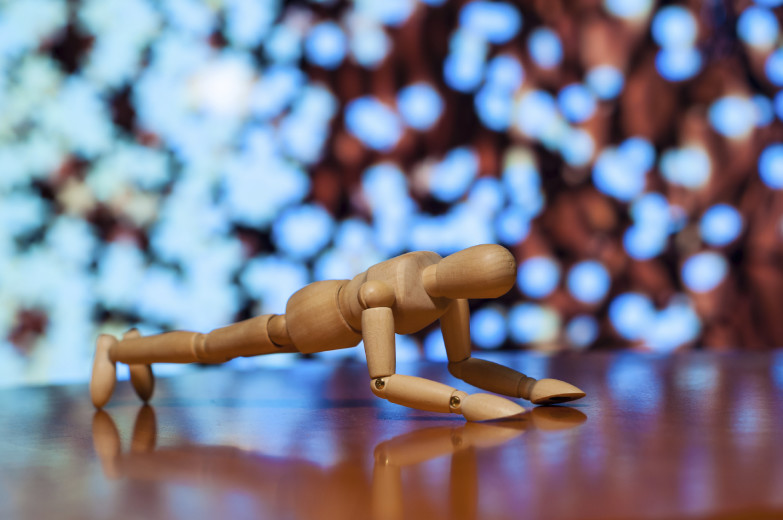An object is let out onto a larger body of water. What happens? A ripple effect. These ‘waves’ of water widen as they fan out from the center. The larger the object, the larger the ripple effect but it all begins in the center. The center is where action begins. At the center of all of our physical movements is the core. Here’s nice core training tutorial.
What is your core?
Your core is comprised of the muscles of the stomach that wrap like a belt around your midsection. They consist of the following four groups:
1. Rectus abdominus: One big sheet of muscle tissue that runs from your breastbone down to your pelvis.
2. External obliques: Run from your ribs to your hips in a forward direction.
3. Internal obliques: Run from your ribs to your hips in a backward direction.
4. Transverse abdominus: Located deep in your abs, underneath the obliques.
But the core goes way beyond these four abdominal muscles, and includes the muscles of your lower back, your pelvic floor, gluteus, and your hips (part of what is referred to as your posterior chain). There are over 15 of these muscles, and they even include the diaphragm, a core breathing muscle! When you put all these muscles together, they form the “core” of your body and the “core” of your movement patterns.
Why is core strength important, particularly for men?
Men, generally, are more dense than women with regard to the muskuloskeletal system. It becomes that much more important for men to manage this density wisely. Like a ‘ripple effect’ everything starts at the center. Every movement that you make – athletically or otherwise – is impacted by your core. A weak core can lead to many physical issues. A weak core can also offset the gains made by cardiovascular activities. If core strength is not in proportion to the cardiovascular fitness gains then you run the risk of lower leg injuries (too numerous to mention). In fact, many lower leg injuries – those not sustained in accidents or falls – can be attributed to an unstable core.
What are common mistakes people when working on the core?
It is the misconception that the core is simply just the abdominal muscles. As noted prior, your core is made up of over 15 muscles. Does a stable core mean having ‘six pack abs’? Absolutely not. Though that is certainly a bonus, it is not the ‘endgame’ of strengthening your core. Core strength work should be proportionate to the fitness regimen. As a triathlon/endurance coach I ask athletes the same question regularly: “Are you working on your core?” I often get the same look I get when I ask my daughters if they have finished their homework. The point is taken. The athletes have come to understand that the grind of endurance training needs to include core strength work. It is the equivalent of the maintenance of any machine – be proactive and conduct regular maintenance checks to maximize performance and prevent breakdowns.
Want to start working your core? For some common and effective core exercises click to the next page…
Pointer
1. Start with getting down on your hands (hands directly under your shoulder) and knees
2. You then lift your right arm straight ahead at the same time that you raise your left leg up and hold for three seconds. Both your arm and your leg will be parallel to the floor and on about the same plane as your back.
3. Repeat the above with the opposite arm and leg.
4. Five repetitions for each side make one set. Complete three sets.
V-Up
1. Lie on your back with your feet and legs together and your arms extended above your head.
2. Clasp your hands together while lifting your arms, upper body, and legs into the air (your buttocks are the only thing that should be touching the floor).
3. Hold for one second then return slowly
3. Repeat the above seven to ten times for one set. Complete three sets.
Mountain Climbers
1. Get into the push-up position (hands directly under your shoulder).
2. Lift one knee to your chest then return it. Repeat with the other leg and alternate henceforth.
3. Do the above with an easy pace – as if you were climbing – and quicken the tempo steadily with each repetition.
4. Repeat the above for 10-15 repetitions. Complete three sets.
Just remember, before starting any exercise program it is vital to consult with your doctor to appraise your wellness in advance. Core strength training combined with other fitness regimens will go a long way towards maintaining your ‘machine’ and maximizing your fitness gains. The ripple effect that starts in the center can go a long way.
For more information on core strength and exercises you can go to: MayoClinic.org

